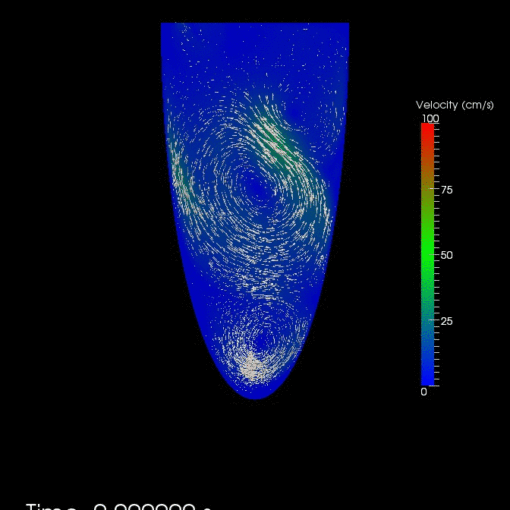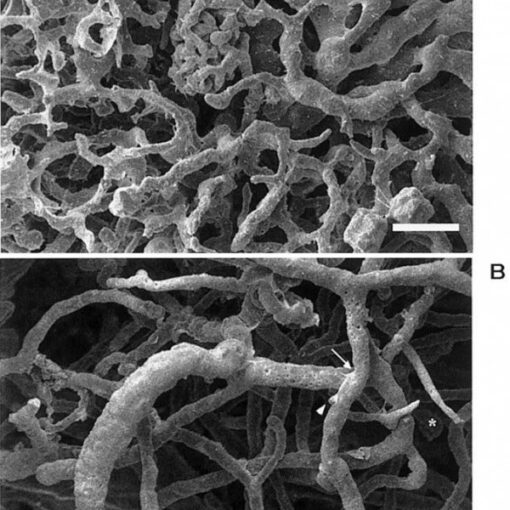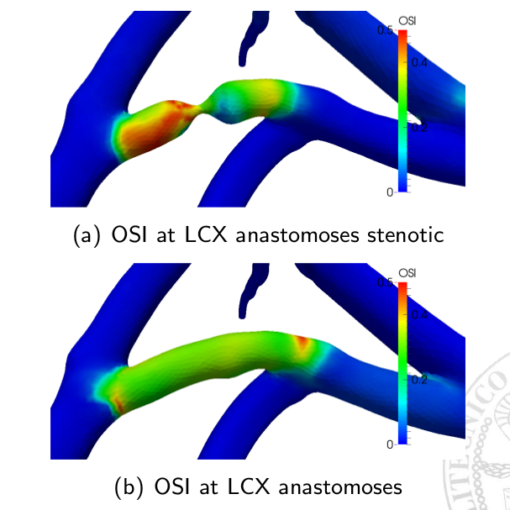Many types of cell have the ability to migrate orchestrating in a complex way the poli/depolimerization of the actin network and actively generating a pattern of forces in the surrounding environment. Mathematics can be of support to understand such a complex phenomenon in two ways.
Force traction microscopy is the determination of the stress pattern produced by a cell during its migration on the deformable environment on the basis of the observed strain. The direct problem is the modeling of the actin production and degradation in relation with the stress field generated by the myosin in the cytoskeleton and its interplay with the adhesion bindings.
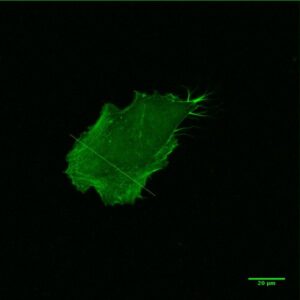
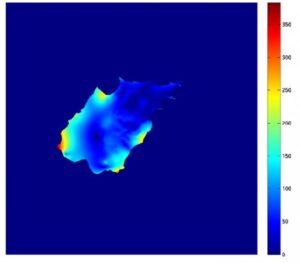
References
D. Ambrosi and P. Ciarletta, “Plasticity in passive cell mechanics”, International Journal of Non-Linear Mechanics, 56:56-60 (2013).
G. Vitale, D. Ambrosi and L. Preziosi, “A numerical method for the inverse problem of cell traction in 3D”, Inverse Problems, 28 (2012) 095013.
G. Vitale, D. Ambrosi and L. Preziosi, “Force Traction Microscopy: an inverse problem with pointwise observations”, J. Math. Anal. Appl., 395(2):788-801 (2012).
M.F. Fournier, R. Sauser, D. Ambrosi, J.J. Meister, and A.B. Verkhovsky, “Force transmission in migrating cells”, J. Cell Biology, 188:287-297 (2010).
D. Ambrosi,”Cellular traction as an inverse problem”, SIAM J. Appl. Math, 66(6):2049–2060 (2006).

